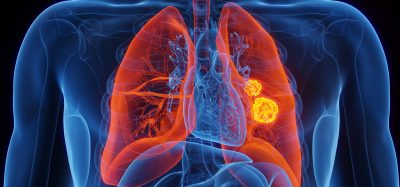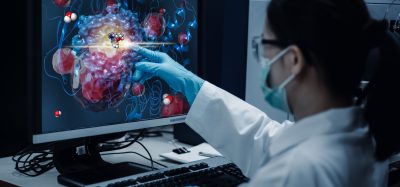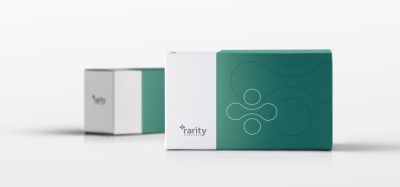Researchers use KG5 to sensitise tumours to radiation and chemotherapy
Posted: 4 September 2015 | Victoria White
Researchers have identified a pathway that causes resistance to chemotherapy and radiation treatments and a new drug, KG5, that targets this pathway…


Researchers from UCSD School of Medicine have identified a pathway that causes resistance to chemotherapy and radiation treatments and a new therapeutic drug, KG5, that targets this pathway.
“It was previously known that RAF (a family of proteins that regulate cellular signalling) governs resistance to therapies. We discovered an undescribed role for RAF and learned precisely how it occurs in a broad range of cancers,” said Sunil Advani, MD, assistant professor in the Department of Radiation Medicine and Applied Sciences.
The pathway is used by tumour cells to protect DNA from damage. By inhibiting the pathway using a drug-like compound called KG5, researchers were able to reverse the resistance of tumours to both radiotherapy and certain classes of chemotherapies that induce genotoxic stress. The hope is to increase survival rates among patients with highly aggressive cancers, said Advani.
KG5 increases DNA-damaging effects of radiation and chemotherapy
“We are taking the tumour’s defences away by targeting this pathway. By developing this drug, we have the potential to enhance radiation sensitivity of cancer while sparing healthy tissue. This drug increases the DNA-damaging effects of radiation and certain chemotherapies,” said principal investigator, David Cheresh, PhD, Distinguished Professor of Pathology and associate director for Innovation and Industry Alliances at Moores Cancer Centre at UC San Diego Health. “We essentially get more anti-tumour activity with less radiation or chemotherapeutic drug. This allows us to see the anti-tumour effect while reducing terrible side effects. We have seen this in pancreatic, brain and lung cancer cells both in cell culture and in tumours growing in mice.”
Radiation is the therapy of choice for certain cancers. In follow-up studies, researchers hope to enhance the design of KG5 to further improve its radio-sensitising activity and safety profile so that it can be tested in patients.
“For patients with aggressive cancers, there may be no good options left,” said Advani. “Armed with this new approach, our goal is utilise such a drug to improve the clinical outcomes of some of the most widely used anti-cancer therapies.”
Advani’s research findings are published in Nature Communications.
Related topics
Oncology
Related organisations
Cancer Research, UC San Diego







